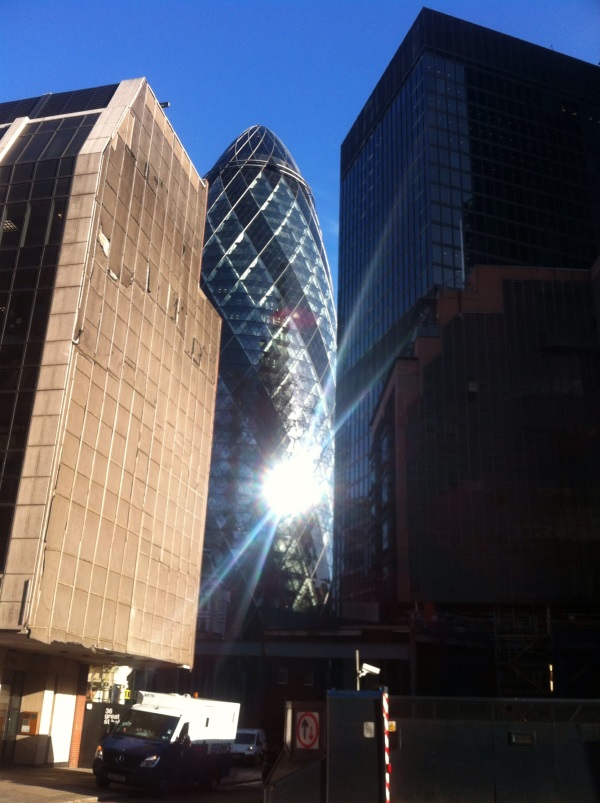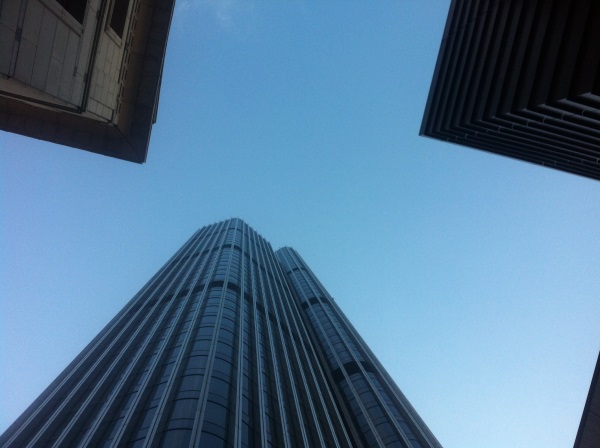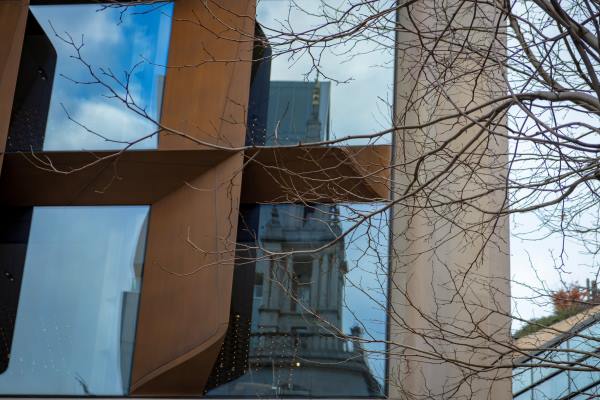


Are you sure you want to reset the form?
Your mail has been sent successfully
Are you sure you want to remove the alert?
Your session is about to expire! You will be signed out in
Do you wish to stay signed in?
This section of the book consists of three case studies that each read a recent, broadly accessible piece of performance using several of the theoretical approaches discussed in detail in Section One.
The first case study tells the story of my own experience of undertaking the audio walk And While London Burns in February 2015. To read the work in question, I deploy the cultural materialism of Urban Performance Studies alongside a Performance Studies approach that combines phenomenology with an exploration of cultural memory. These are my primary tools, and I use them to demonstrate the work’s debt to geopathology, as well as its commitment to heterotopia. AWLB is a site-specific piece of promenade performance, but I also make the case for its important affinities with realist and naturalist uses of space—a reminder that these seemingly opposing genres often “do” space with similar political force.
The second case study focuses on Katie Mitchell’s 2010 Live Cinema adaptation of August Strindberg’s Miss Julie. Told and shown from Kristen’s perspective, Fräulein Julie politicizes the unseen interiors of Strindberg’s drama, offering a meditation on the intersections of gender and class identity as they both play out in space and emerge as products of space. It also offers audiences a chance to reflect on how theatrical labor of all kinds organizes the spaces of naturalism to seem transparent and “given,” rather than shaped by social and economic forces. To develop my reading of the piece, I first unpack Live Cinema’s deliberate complication of naturalist stage space, arguing for its topographical capacity as it invites audiences to learn about how we are privileged to see and know at the theatre, particularly about women’s lives and experiences. I then think about the phenomenological relationships among actors and properties in the performance, using insights from both Stanton Garner and Henri Lefebvre. Finally, I consider how bodies and properties are doubled in Live Cinema in order to create Mitchell’s simultaneous onstage and offstage worlds, mobilizing ideas about theatrical ghosting as well as prompting a potential cultural materialist reading of the work focused on theatrical labor.
The third case study, Young Jean Lee’s The Shipment, reveals how the forces of racism shape social, economic, and political spaces, and in particular how those forces shape the ordering of theatrical space. I read three distinct episodes from the piece using Aristotle’s catharsis as a spatial technology, Turner’s notion of the topographic play, and Doreen Massey’s idea of space as culturally-relational, open-ended, and always in process. I then consider the role geopathology can play in helping us to understand who is, and is not, privileged to make a “home” at the theatre. I conclude by arguing that what The Shipment leaves us with, finally, is a sense not of theatre’s racial pathologies but of its truest and deepest heterotopic potential: a sense of what the theatre might look like if its spaces were inhabited, comfortably and easily, by different kinds of bodies every day, bringing differently-embodied histories to bear routinely on theatrical’s space’s evolving mimetic potential.
A selection of images from the audio walk And While London Burns:
 The future Bloomberg EU headquarters under construction, February 2015. No Temple of Mithras in sight.
The future Bloomberg EU headquarters under construction, February 2015. No Temple of Mithras in sight.
 First glimpse of the Swiss Re building (aka The Gherkin) as Act Two draws to a close.
First glimpse of the Swiss Re building (aka The Gherkin) as Act Two draws to a close.

'Look up, look up to the sky.'


Walking And While London Burns, December 2018: The Bloomberg Building and views from atop the Monument. Photo credits: Jarret Hardie.